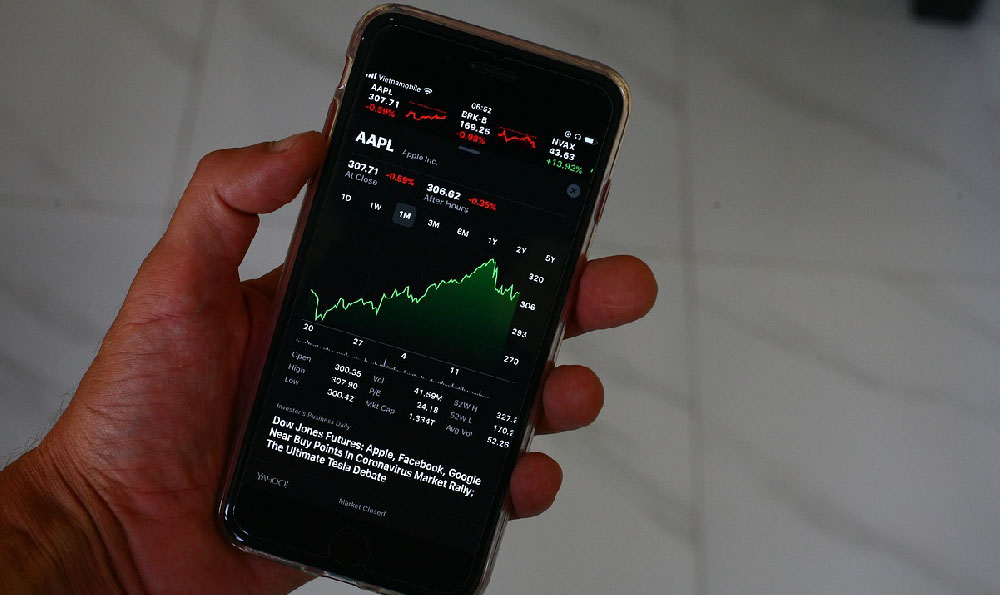Chat GPT has emerged as one of the most transformative artificial intelligence (AI) models in recent years, fundamentally altering the way businesses and individuals interact with technology. While its primary function as a language model is well-documented, its financial success is rooted in a carefully crafted business model and diversified revenue streams that align with evolving market demands. Understanding this framework not only sheds light on how the technology powers its profitability but also provides insights into the broader implications for investors and the AI industry as a whole. The model’s ability to monetize its capabilities efficiently is a testament to its strategic positioning in a rapidly growing sector, offering a blueprint for businesses seeking sustainable revenue in the digital age.
At the heart of Chat GPT’s business strategy is a subscription-based model tailored to both consumer and enterprise markets. For individual users, access to Chat GPT is offered through a freemium approach, where basic functionalities are available at no cost, while advanced features and higher usage limits require payment. This model ensures a steady revenue flow by capturing value from users who require extended interaction or specialized capabilities. For instance, Chat GPT’s premium versions allow sessions with enhanced reasoning, faster response times, and integrated tools, catering to users who seek more sophisticated interactions. The subscription structure also provides a predictable revenue stream, enabling the company to plan for scaling and innovation without relying solely on one-time sales. Market data reveals that the adoption of such models has been exponential, with users globally embracing AI-driven solutions for tasks ranging from content creation to customer service automation.
Beyond subscriptions, Chat GPT generates income through enterprise licensing and tailored solutions. Companies across industries—ranging from healthcare to finance—have invested in customizing the model to suit their specific needs. For example, a financial institution might use Chat GPT to develop chatbots for customer inquiries, while a healthcare provider could leverage it for medical consultations. These vertical-specific applications open doors to premium pricing, as businesses are willing to pay high fees for tools that enhance productivity, reduce costs, and improve user engagement. The enterprise model also fosters long-term partnerships, allowing clients to integrate Chat GPT into their workflows and reap continuous benefits. A key advantage here is the model’s ability to adapt to different use cases, ensuring its value proposition remains relevant and competitive in diverse markets.

Another significant revenue stream is the utilization of Chat GPT’s API services, which enable developers and third-party applications to integrate the model into their platforms. This approach not only expands Chat GPT’s reach but also creates a symbiotic relationship with the broader technology ecosystem. By allowing external developers to access its capabilities, Chat GPT taps into a market of innovation, generating additional income through API usage fees and tiered pricing models. For instance, a content moderation company might pay for API access to enhance its moderation capabilities, while a marketing firm could use it to automate personalized communication. The scalability of this model is evident in the growing demand for AI-integrated solutions, with developers continuously exploring new applications that extend Chat GPT’s utility.
Furthermore, Chat GPT benefits from strategic partnerships and collaborations that amplify its financial potential. Collaborations with other technology giants or industry leaders can lead to joint ventures, co-branded products, or shared infrastructure, reducing operational costs while increasing market penetration. These alliances also create opportunities for cross-promotion, enabling the model to leverage the networks and user bases of its partners. For example, partnerships with educational platforms might allow Chat GPT to offer learning tools to students and educators, while collaborations with developers could result in new AI-powered applications that drive further demand. The ability to form these strategic alliances underscores Chat GPT’s role as a central hub in the AI industry, fostering innovation and shared growth.
In the context of investment opportunities, Chat GPT’s business model serves as a case study for companies leveraging AI to create sustainable value. The growing reliance on AI-driven solutions in various sectors highlights the potential for investors to capitalize on the technology’s advancements. However, success in this arena is not guaranteed. Investors must consider factors such as market saturation, competition, and the ethical implications of AI deployment. Additionally, the model’s reliance on data and computational resources means that scalability and infrastructure investments are critical components of its long-term growth strategy. Investors looking to align with AI innovation might explore opportunities in related technologies, such as cloud computing, data analytics, or AI-specific hardware, which support the development and deployment of large-scale language models.
The financial success of Chat GPT also reflects broader trends in the AI industry, where businesses are increasingly adopting subscription-based, data-integrated, and partnership-driven models. This shift indicates a move towards more sustainable and scalable solutions, which are essential for long-term profitability in a dynamic market. As the demand for AI continues to grow, companies that can adapt their business models to meet evolving needs will likely thrive. Investors must remain vigilant, identifying key drivers of profitability and potential risks, such as regulatory changes or shifts in consumer behavior, to make informed decisions. The lessons from Chat GPT’s success can be applied to other ventures in the AI space, emphasizing the importance of innovation, scalability, and strategic partnerships in achieving financial growth.
Ultimately, the profitability of Chat GPT is a result of its ability to align with market demands through a multifaceted business approach. By leveraging subscription models, enterprise solutions, API services, and strategic partnerships, the company has established a robust revenue foundation. This framework not only ensures its financial sustainability but also provides a model for businesses aiming to harness AI’s potential. As the technology continues to evolve, the business strategies that drive its success will remain relevant, offering valuable insights for investors looking to navigate the complexities of the AI-driven economy. The interplay between innovation, market adaptation, and financial planning underscores the importance of strategic foresight in maximizing returns while mitigating risks in the ever-changing landscape of technology and investment.












